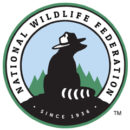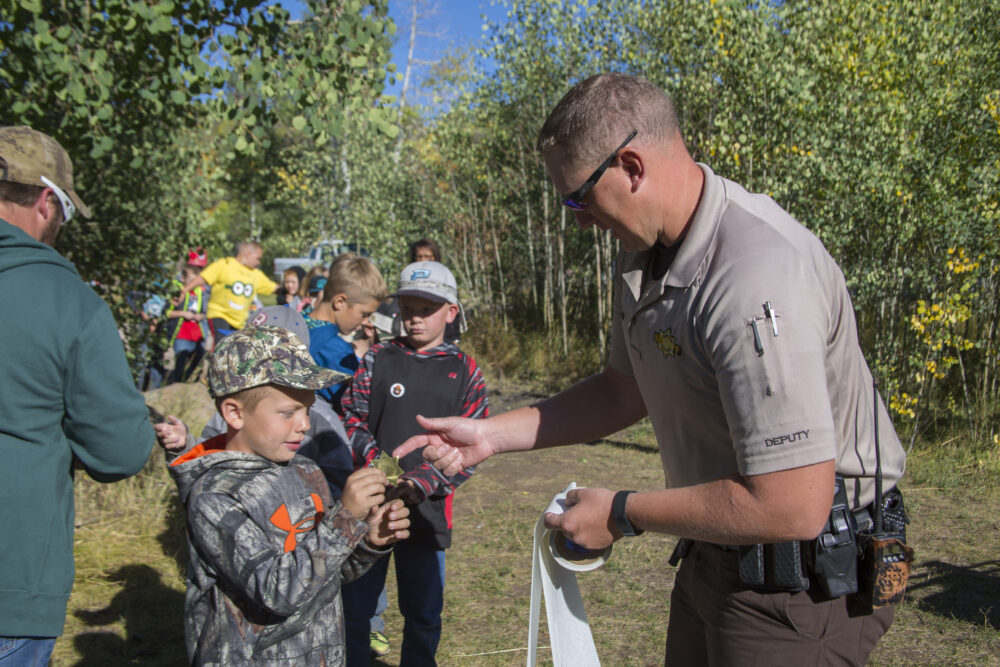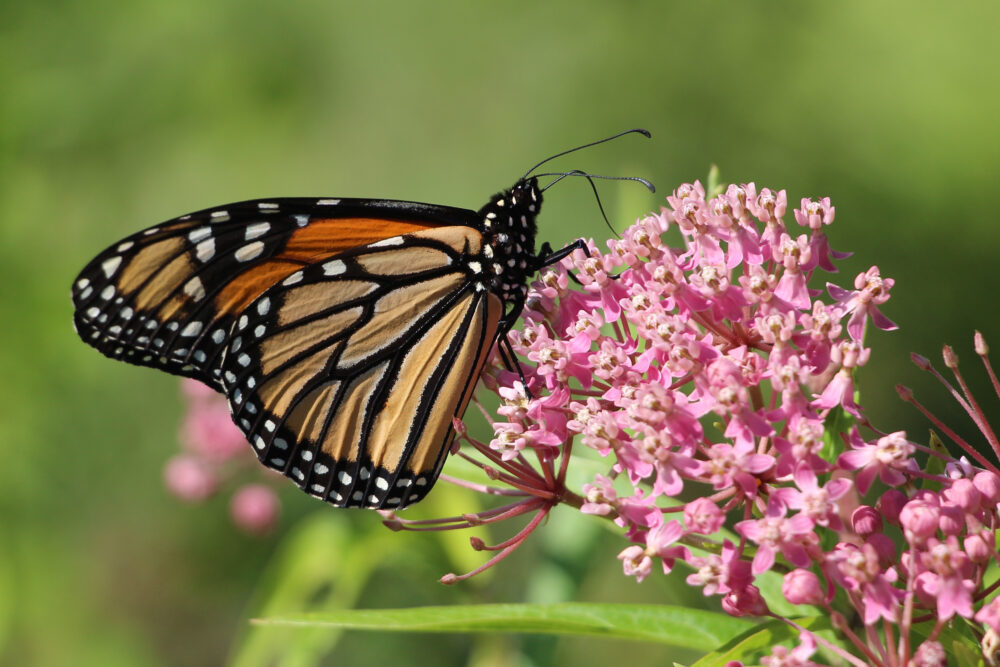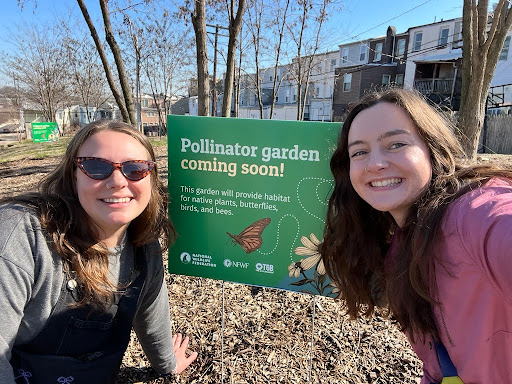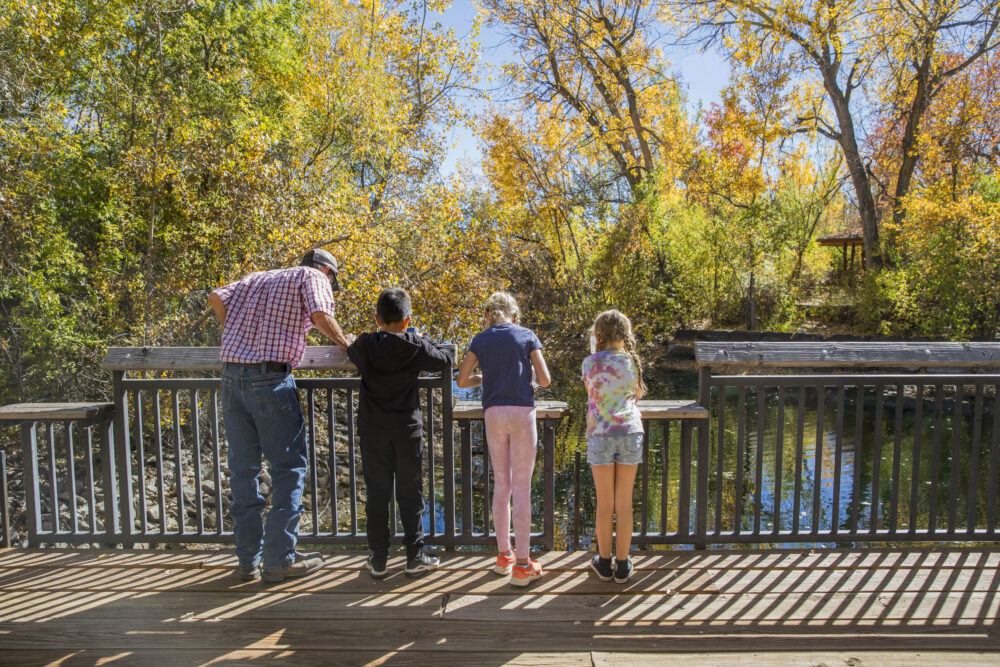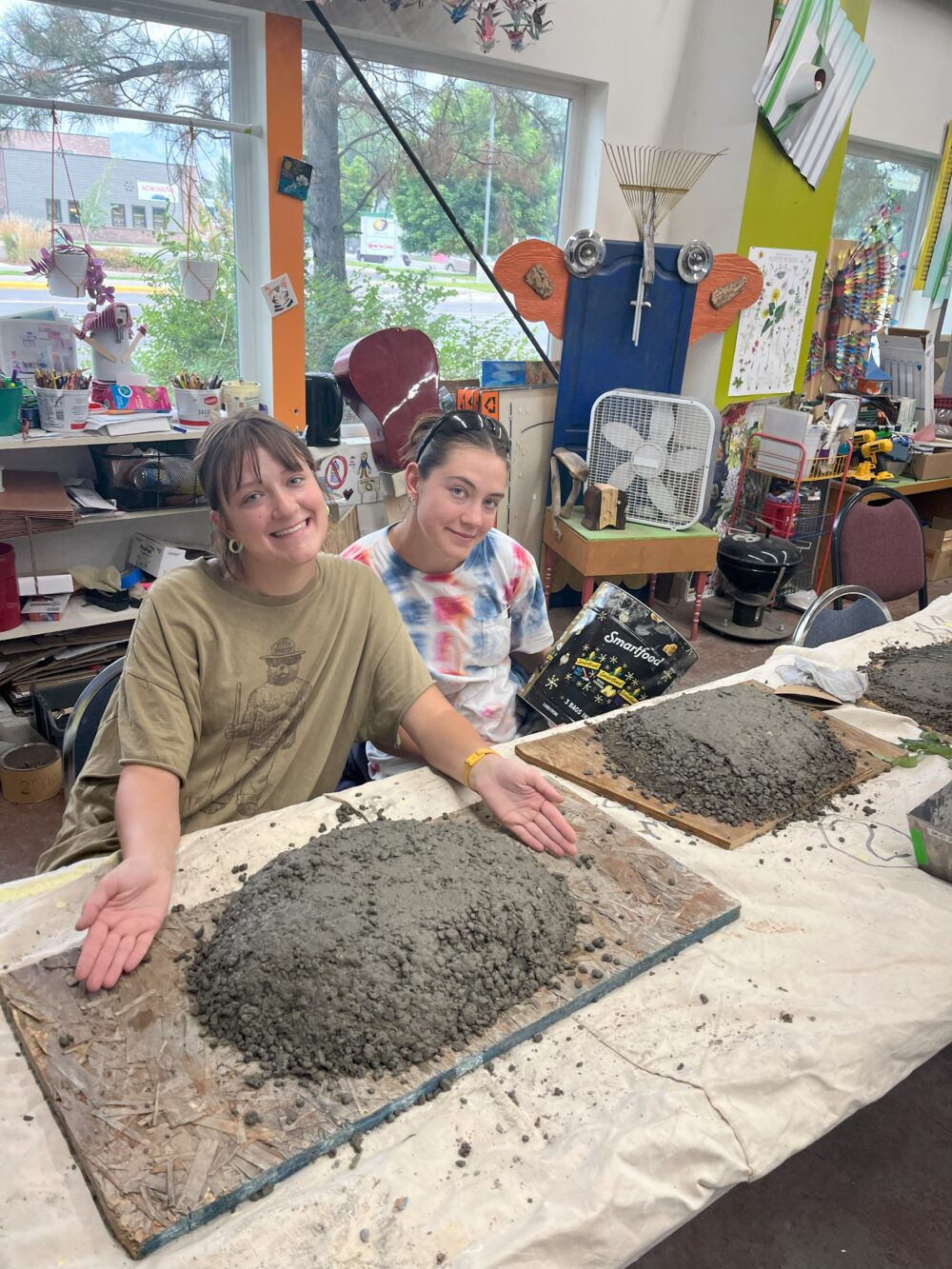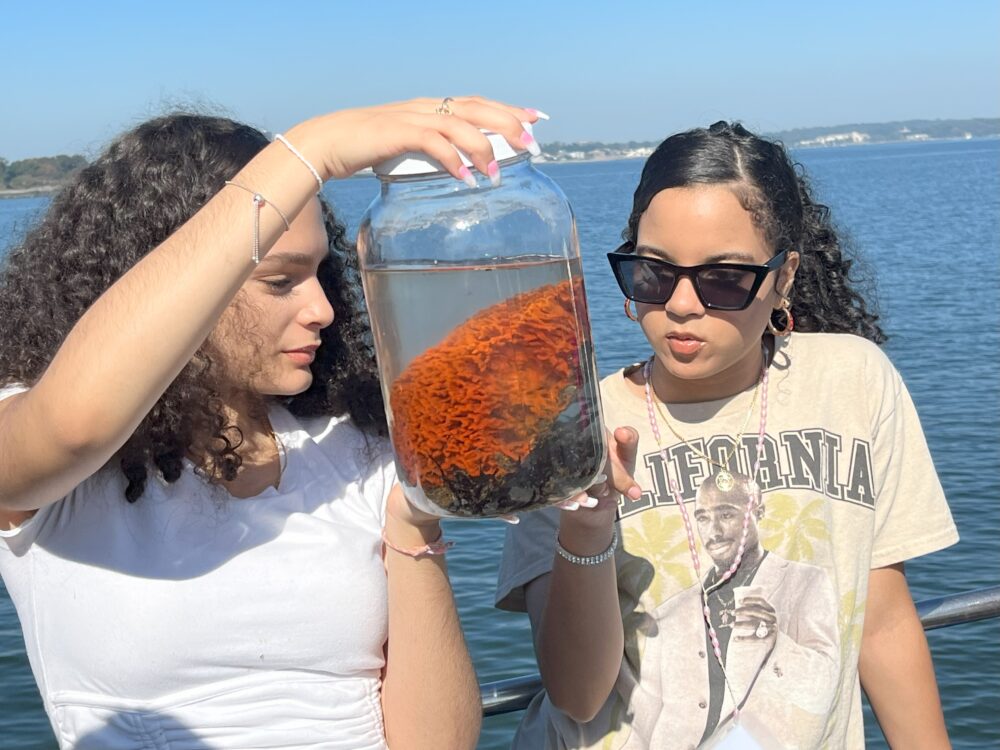We have much more to do and your continued support is needed now more than ever.
Building Outdoor Classrooms
This Week in NWF History
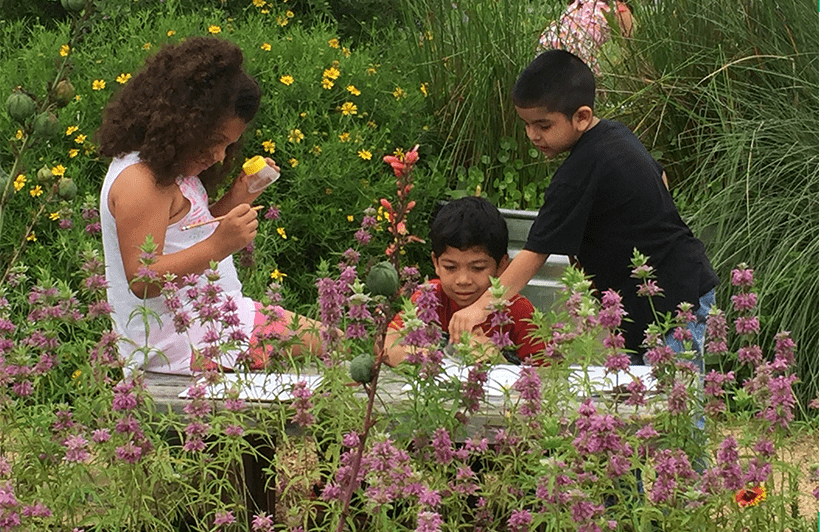
Since 1936, the National Wildlife Federation has worked to conserve the nation’s wildlife and wild places. As part of our 80th anniversary celebration, we are recognizing important moments in our history that continue to make an impact today.
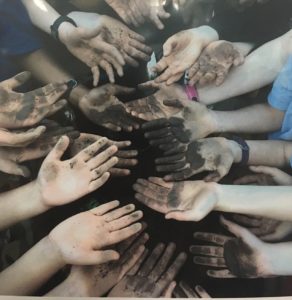
Now with 5,000 participating schools, our Schoolyard Habitat program is the single largest school garden program in America. Children in day care centers and preschools, nature centers, and thousands of students in grades K-12, along with parents, university students, teachers, administrators, community members, and volunteers have created unique habitat gardens and living learning laboratories nationwide.
These wildlife habitats become places where students not only learn about wildlife species and ecosystems, but also outdoor classrooms where they hone their academic skills and nurture their innate curiosity and creativity.
Creating a certified Schoolyard Habitat is done in five steps:
- Start a habitat team of school staff, students, parents, etc. to work together
- Choose a site to build and cultivate a suitable, sustainable habitat for wildlife
- Create a work plan. Have your team set goals, tasks, and track progress
- Involve the community to help support the project
- Certify your Schoolyard Habitat
To increase the number of schools certifying their green spaces for wildlife, the National Wildlife Federation and LEGO Community Fund U.S. recently launched the Monarch Mission, including a full set of Next Generation Science Standards (NGSS) aligned lessons for grades K- 12, empowering students to create and improve Schoolyard Habitats for monarchs.
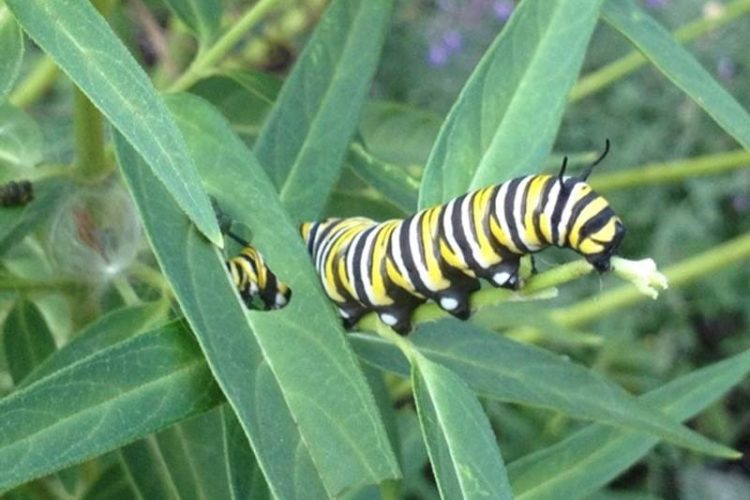
This Monarch Mission, and the Monarch Recovery Gardens that result, are part of a long-term learning experience that:
- Creates more habitat for monarchs to survive and reproduce, leading to an increase in their population
- Provides a variety of field experiences for students, allowing them to apply new learning and practice critical science, engineering, and 21st century skills
- Builds awareness about a national environmental issue, while also providing local solutions that can help bring the community together to make a positive impact for monarchs and other pollinators
So far the participating schools in Connecticut have seen success with monarch caterpillars coming to feed on native host plants such as milkweed, and the students and school staff are excited to see more monarchs in the area. The Monarch Mission will soon be available nationwide.
NWF is also a member of the Monarch Joint Venture. Their goal is to conserve and protect monarch populations and their migratory phenomena in the U.S. by implementing science-based habitat conservation and restoration measures in collaboration with multiple stakeholders.
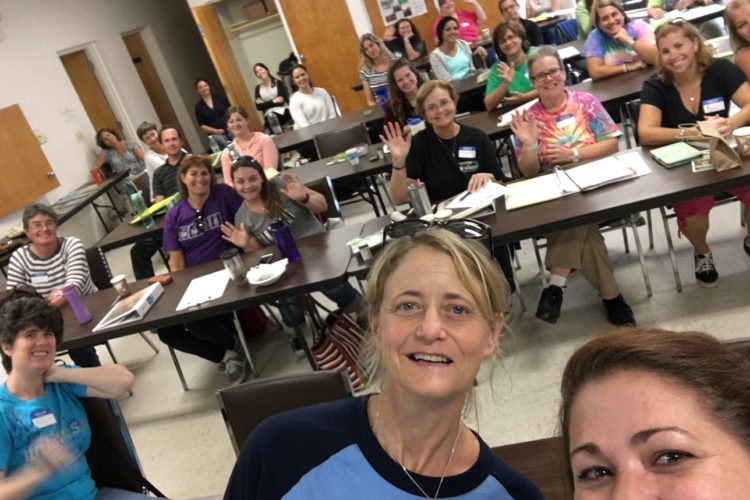
The Monarch Mission is just one example of how Schoolyard Habitats are making a positive difference for wildlife and communities. To earn additional recognition and awards for environmental efforts, schools can explore the Schoolyard Habitats pathway of the Eco-Schools USA program and make a difference for wildlife and the school community.
Learn more about Schoolyard Habitats and how you can build one in your local school community
Learn More
